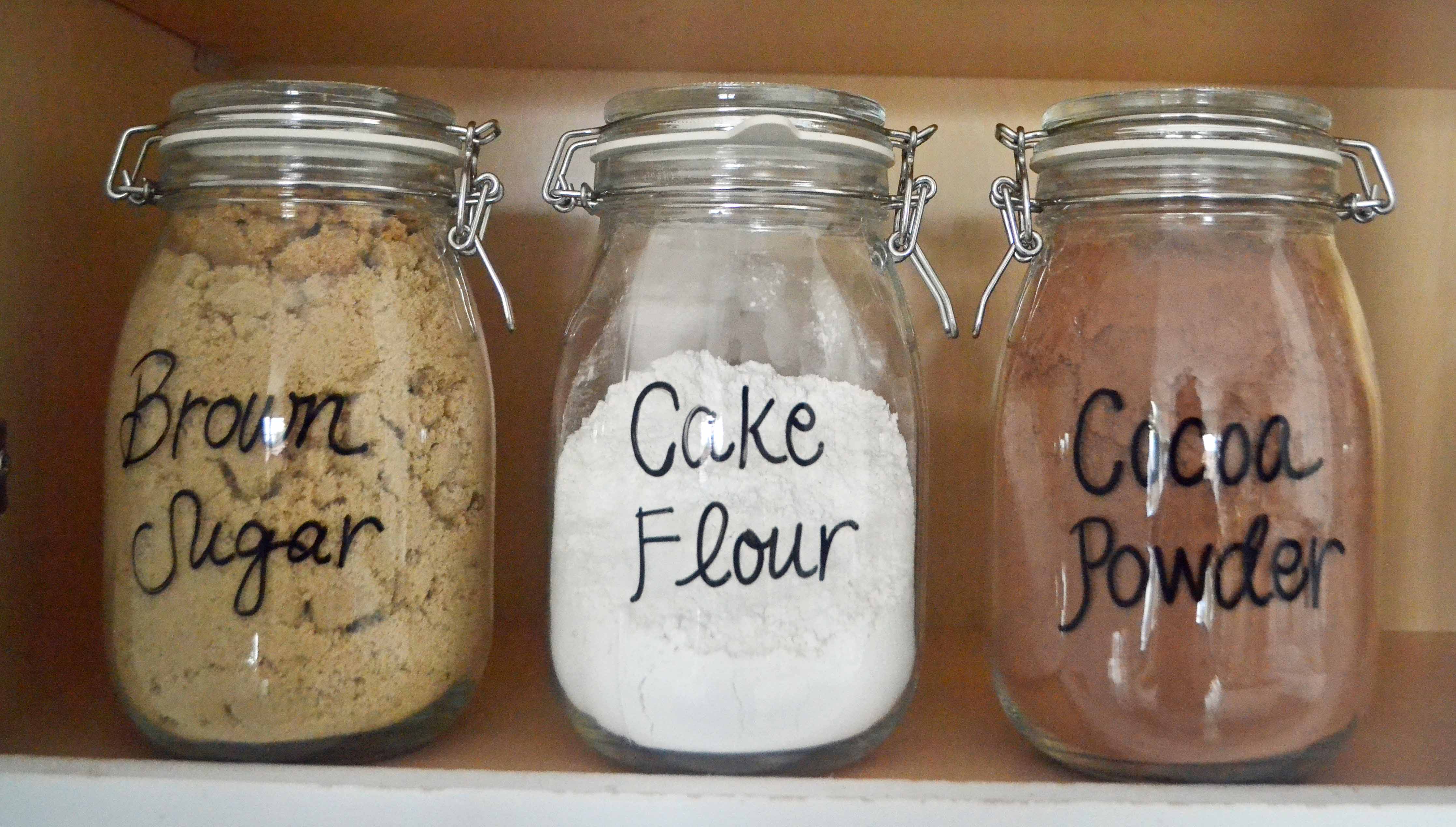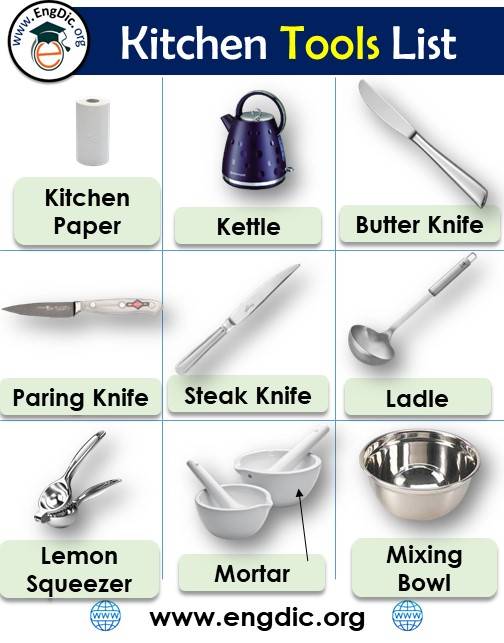
Another useful option are timers that will count up once the time is up, so if you are late to the kitchen you know how long it’s been since the time went off. There are timers available with this function that is practical for roasting turkey and other meats. But my oven also has a built in probe that will beep once a desired temperature is reached. I don’t have a separate one, I use the timer on my ovens and haven’t found a need for a more sophisticated tool. There are countless options for kitchen timers. TimerĪ timer will keep you organized and keep distractions from potentially ruining your food. You will have greater success if you can come as close as possible to the conditions the recipe creator used. With an oven thermometer you can compensate for discrepancies. Using an oven thermometer is the only way to know how accurate your oven is – it’s not uncommon for ovens to run too hot or not hot enough. Whichever model you choose, a digital one is best.įor bread making: most breads are ready at 200F to 210F, egg rich breads like challah and brioche at 180F-190F.

#Kitchen tools list for baking for powder full
A full range is practical since you will not need a separate candy/deep fry thermometer (for syrups and caramels), breads, and meats. The newer models have many improvements like a faster measuring time (3-5 seconds), a splash proof design, and a temperature range to 572 degrees F.

I use a Thermapen instant- read thermometer that I read about in Cook’s Illustrated years ago. My next scale will probably be the EatSmart Digital Kitchen Scale – I’ve seen it recommended by Rose Levy Beranbaum and Michael Ruhlman. Look for one with at least a 3-minute auto shut-off (I’ve already had to dump out ingredients and re-measure on mine). My scale is about 10 years old – I’m sure whatever is available now will be better then mine.

Also look for one that resets to zero to measure your next ingredient. Using a scale eliminates the need for different tools, you can measure your liquids and dry ingredients by weight directly in a bowl.Ī digital scale that measures grams, kilograms, ounces, or pounds is the best option. It is the best way to measure flour but I use it all the time for measuring chocolate baking bars. If you do any baking you need a scale! Measuring by weight is more accurate – volume measurements are not exact. I also prefer narrow-shaped spoons instead of round that can fit into spice jars. I use one for dry ingredients (like spices) and one for liquid so there is no need to keep cleaning between measuring from wet to dry. I like to have two sets of measuring spoons when I’m doing a full day of cooking and baking. Measuring spoons will typically come in 1/8, 1/4, 1/2, and 1 teaspoon and 1 tablespoon. I don’t recommend cups that have a spout for pouring since this can affect the measurement of your ingredients.

I recommend stainless steel instead of plastic – it’s more durable and can withstand the heat of the dishwasher without degrading the material. Dry Ingredients Measuring CupsĪ basic set for measuring dry ingredients will include 1/4, 1/3, 1/2, and 1 cup measures. I recommend glass measuring cups instead of plastic. Another kind I particularly like is the Dezine Products 2-Cup Mix-N-Measure Glass Measuring Cup that lists grams, ounces, teaspoons, tablespoons, and milliliters. The larger sizes, like the 4 and 8 cup, can double as a mixing bowl as well and therefore also practical to own. A 2-cup measure, like the Pyrex 2-Cup Measuring Cup, is probably the most used of all. Liquid measures usually come in 1-cup, 2-cup, 4-cup, and 8-cup sizes. Liquid and dry ingredients need separate kinds of measuring tools. These are the Top 7 Measuring Tools Every Kitchen Needs 1. This is especially relevant when baking – which is as much a science as a creative pursuit. Though I believe in the need for spontaneity and creativity in the kitchen there are times specific tools are not only helpful but a necessity.


 0 kommentar(er)
0 kommentar(er)
